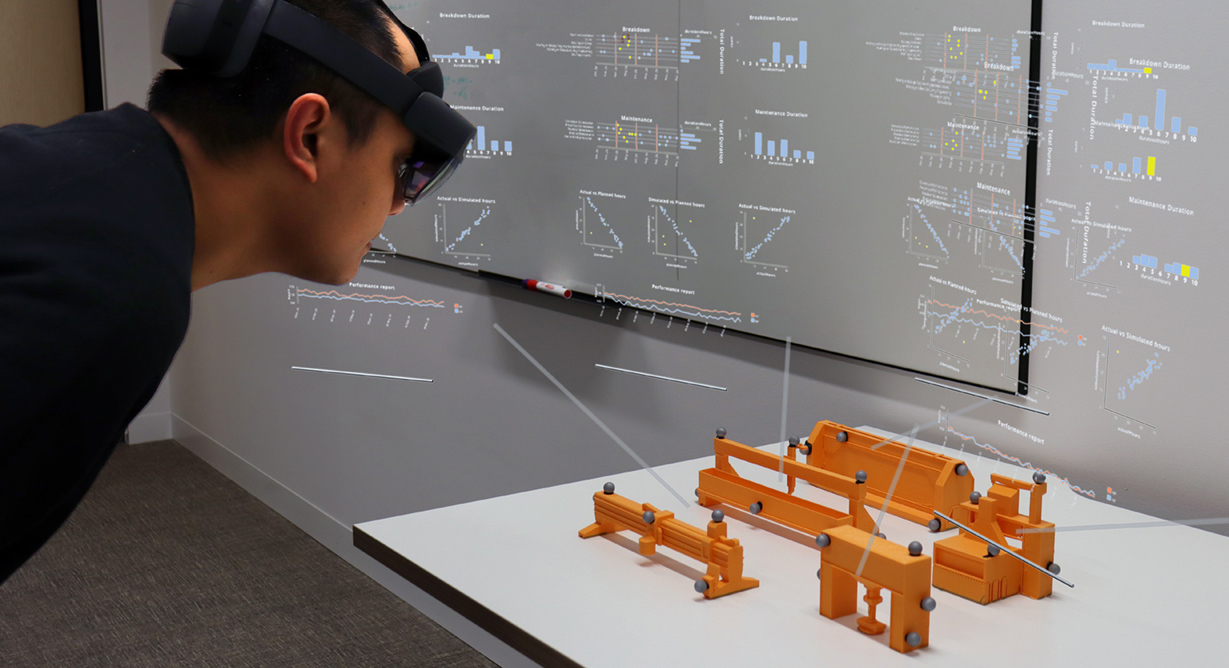Physical scale models have been used for numerous applications in a wide ranges of fields. In recent years, augmented reality technologies have been explored for combining physical scale models with abstract data visualisation but there are many under-explored design challenges for such systems. In this work, we investigated two design factors: 1) charts layout factors that determines the way multiple charts are presented per scale model, and 2) view arrangement factor that determines how multiple chart views are arrange in limited space around physical scale models.

More info can be found in our paper.
Acknowledgement
This study was co-funded by the department of Industry, Science, Energy and Resources (Innovative Manufacturing CRC Ltd), and ASC Shipbuilding Pty. Ltd. (IMCRC/ASB/190720) in partnership with University of South Australia.

